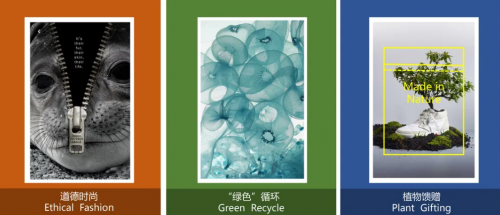
This year, a sudden new crown epidemic has caused the polluting fashion industry to sound the environmental protection alarm again. If the fashion convention signed by 32 fashion companies led by Kaiyun Group in August 2019 will be regarded as a large-scale industry The beginning of environmental protection/sustainability efforts, no matter whether it is the radical environmental protection organization outside the show of the four autumn and winter fashion weeks of 2020 or the endless environmental protection ideas in the show, they all highlight the future of the fashion industry. Enthusiasm for environmental protection and sustainability.
Since environmental protection/sustainable fashion has become a common topic and a new vane in the international industry and the fashion industry.
Well, as one of the second most serious industries in global pollution, the source of the fashion industry: textile fibres and fabrics, through sustainable design, production, production and reuse, jointly build a sustainable eco-friendly sustainable The system is an important direction for the future sustainable development of the fashion industry.
These three important trend keywords for environmental protection/sustainable fabrics in autumn/winter 21/22 will give you a glimpse of the future direction of sustainable fashion fabrics.
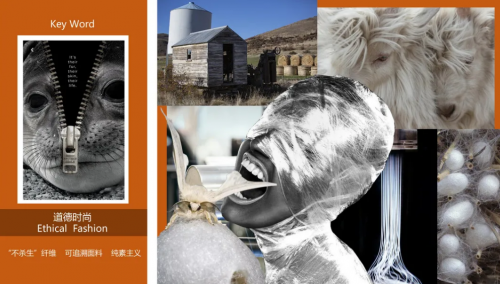
With the increasing environmental damage, practical toxic chemicals, waste of resources, and animal injuries facing the fashion industry, more and more people are beginning to notice the cruelty and seriousness of this problem in order to obtain luxury Expensive natural animal skins and wild silk fibres ruin wild animals in nature, which will inevitably lead to a complete imbalance in the global environment.
The so-called ethical fashion is used to promote those ethical fashion design, production, retail and purchase processes, starting from the source, starting from the fiber, protecting animals, protecting the environment, and promoting sustainable “moral” production, each of us The important things that fashion people think and do.
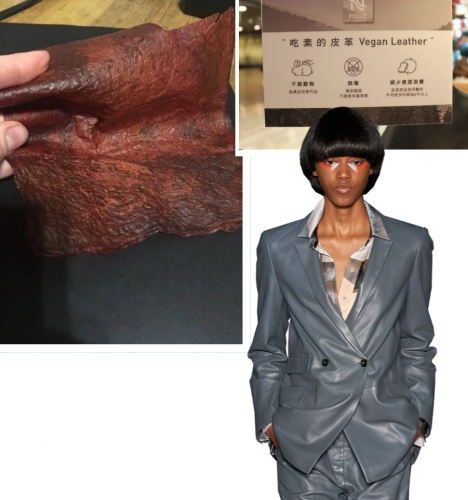
Although the demand for leather and fur in the fashion market continues to increase every year, luxury and high-priced leather fur can also make clothing with high-end labels.
However, as the anti-fur movement has gone through 40 years, more and more people have begun to pay attention to the protection of natural animals, and designers are also constantly looking for a sustainable and environmentally friendly leather fabric.
“Vegetarian leather” means that the leather manufacturing technology has ushered in a brand new environmentally friendly material-“waterborne polyurethane leather“. This alternative leather meets the market demand and protects various wild animals in nature. At the same time, no harmful chemical emissions.
Waterborne polyurethane leather can also be called a new type of environmentally friendly composite material. The biggest advantages are environmental protection, non-toxicity, good breathability, and good wear resistance and scratch resistance.
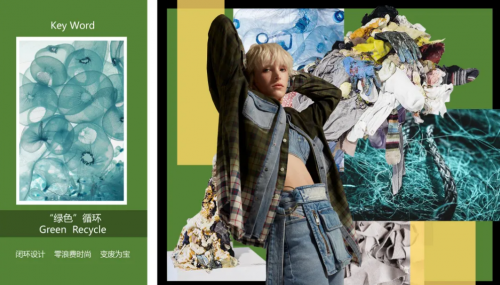
Statistics show that the waste of water resources, oil consumption, and air pollution in the production of textile fabrics are very serious every year.
In addition, half of the growing waste plastics on the planet are non-degradable materials, causing great damage to the ocean and the ecological environment.
It is imperative to promote “green” circular design in the fashion industry. The so-called circular design means that the resources in the design process can be continuously reused in different forms instead of being wasted, thereby achieving a closed chain of reuse and recycling.
Although the fashion cycle design is still in its infancy, the “green” innovation road that invests in the future of new environmentally friendly/sustainable fabrics through the use of recycling systems will dominate.
As we all know, denim fabrics that originated in the United States have always been considered as fabrics with natural disadvantages. From cotton fields to cotton fabrics to washing machines, a normal pair of jeans usually costs 3480 liters of water. It is one of the highly water-consuming and heavily polluted fabrics.
In addition, in the United States alone, the annual textile waste generated is as high as 13.1 million tons, of which 11 million tons are eventually burned in landfills.
When Levi’s (full name Levi Strauss & Co.) teamed up with textile technology company Evrnu SPC to use closed-loop control technology, 5 discarded cotton old T-shirts were made into Levi’s 511 slim tapered jeans, known as “the world’s first recycled Cotton jeans”, the road to “green” denim fabric opened, this “green” denim fabric made of recycled cotton not only saves about 98% of water resources but also reduces a lot of waste Fabrics and clothing.
It is worth mentioning that the Italian cowboy brand Diesel launched a new series called “Creative Regeneration” in late February this year.
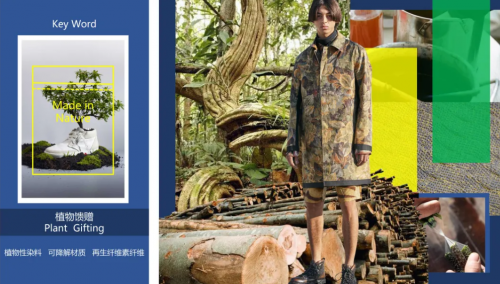
Whether it is for environmentally sustainable closed-loop design reasons, or to save energy using wood pulp or seaweed to make textile regenerated cellulose fibres, this is a cooperation with nature and a plant gift from natural sources.
This kind of gift is natural, degradable, and will bring more value, and make the product more unique natural resources.
Naturally-made fashion products will no longer be a “luxury product”, but a “must-have” market that addresses energy consumption and responds to fashion closed-loop design.

As people’s awareness of environmental protection continues to increase, traditional synthetic fibres not only consume oil seriously but also belong to non-renewable materials, so countries around the world are researching and using other degradable fibres to replace it.
Vollebak, a UK-based startup, designed a new seaweed T-shirt. Seaweed designer Violaine Buet was inspired to develop a renewable algae textile. This seaweed fibre can make the fabric surface form a special The patterned texture will be more obvious through the LED light.
Since the seaweed fibre is completely degradable, it is very friendly to the environment. The garments made can be degraded into fertilizer within 12 weeks, which can effectively realize the recycling of resources.
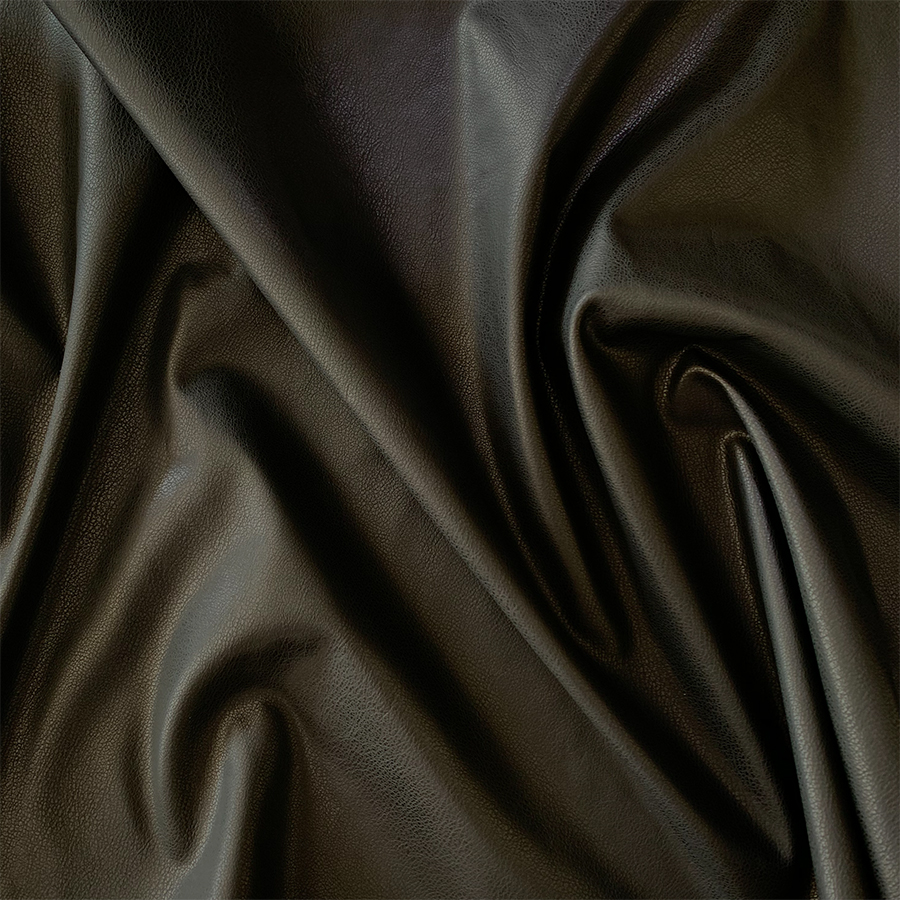 Suede for Garments
Suede for Garments
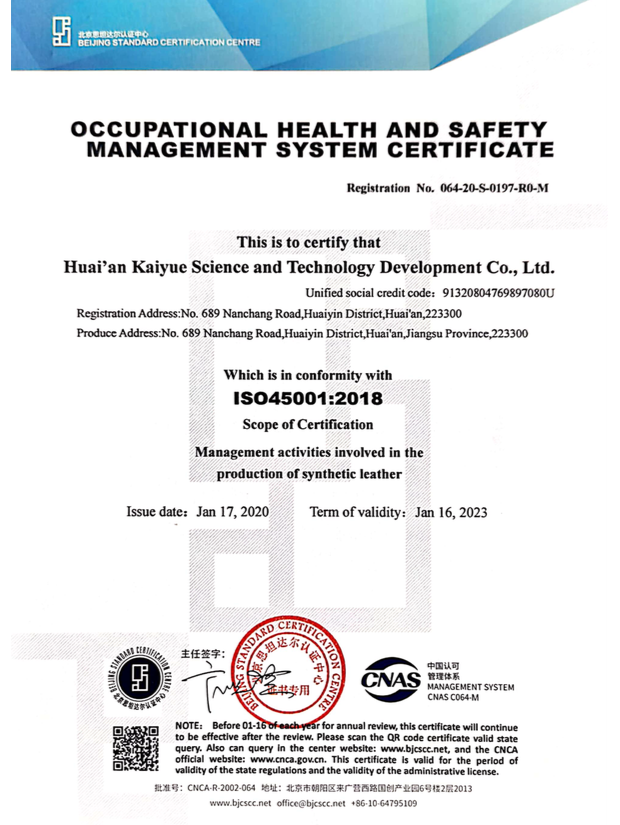 ISO45001:2018
ISO45001:2018
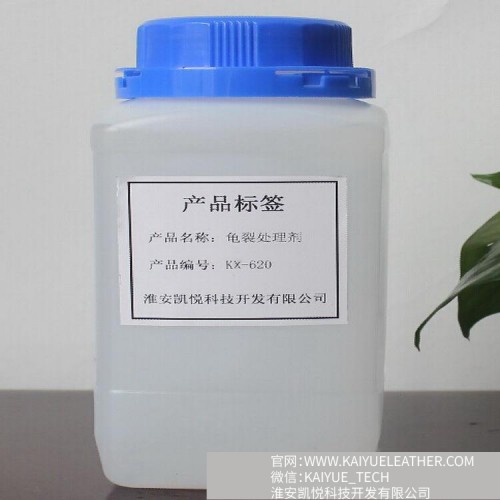 Leather surface cracking treatment agent KX-620 Leather finishing agent Leather chemical industry
Leather surface cracking treatment agent KX-620 Leather finishing agent Leather chemical industry
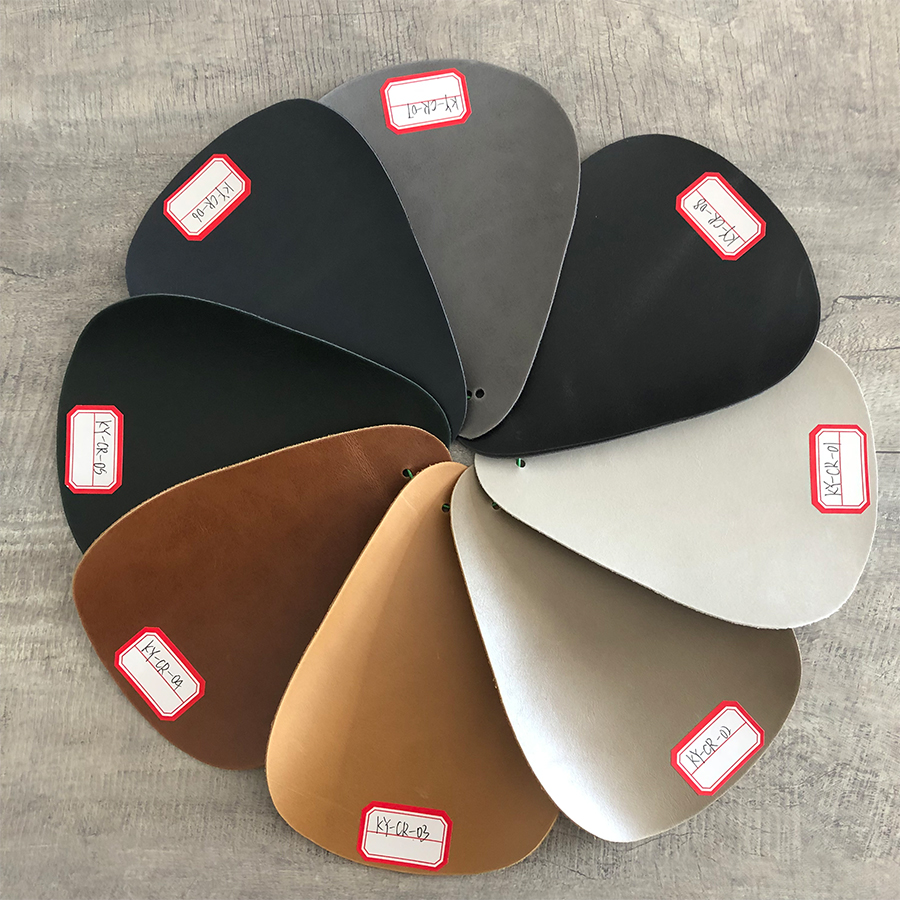 For Shoes&Handbag VII
For Shoes&Handbag VII
 KYS 307M Waterborne Scratch resistant Matte treatment agent
KYS 307M Waterborne Scratch resistant Matte treatment agent
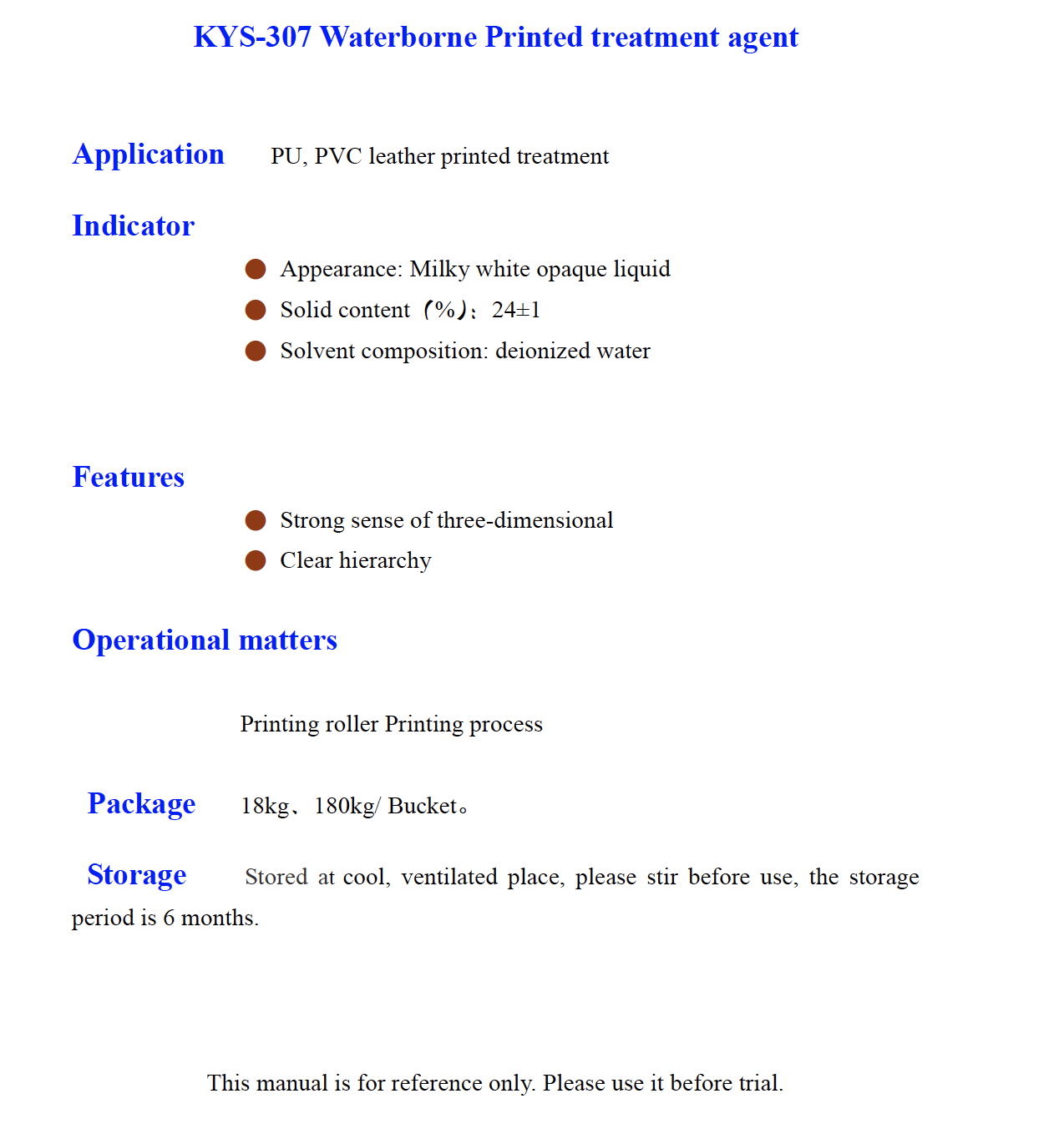 KYS 307 Waterborne Printed treatment agent
KYS 307 Waterborne Printed treatment agent
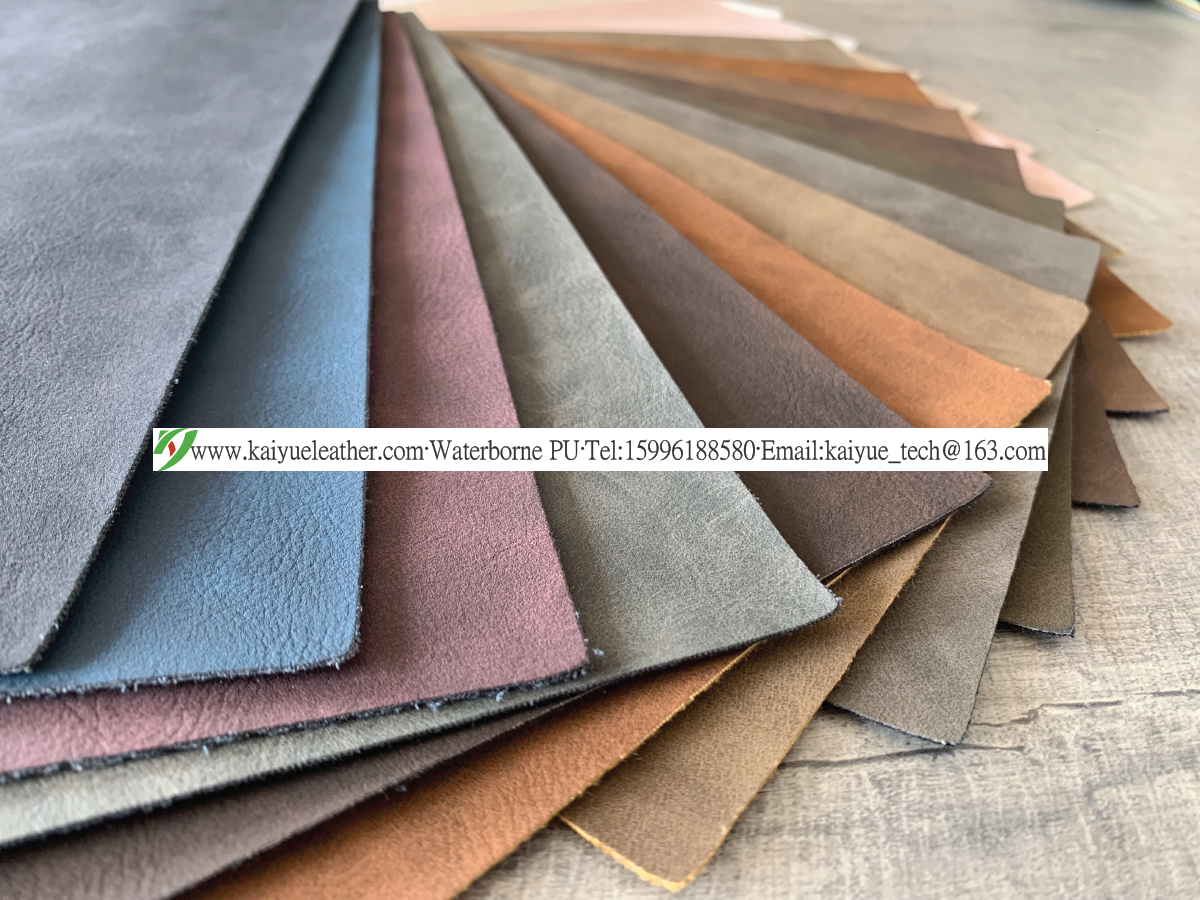 Waterborne PU-KY9569
Waterborne PU-KY9569
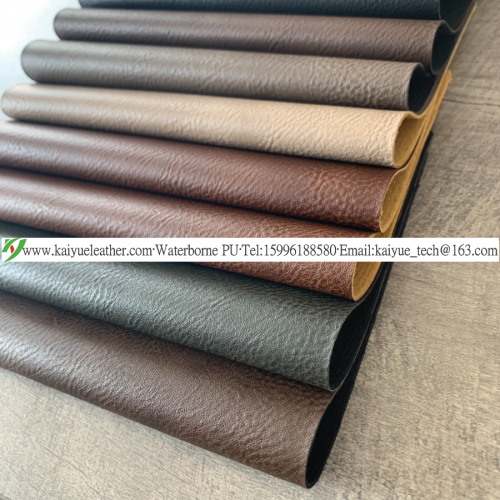 Water-based leather-KY9610
Water-based leather-KY9610